Instead of parmesan, I used slices of sourdough bread and a spoonful of British marrowfat pea miso. The sourdough adds a deep & flavoursome creaminess, while the miso introduces umami (and probiotics). British-made miso is also a fantastic way to preserve seasonal produce like marrowfat peas.
Ingredients
-
250g Spaghetti
-
200g Cavolo Nero
-
5 garlic cloves
-
100g sourdough bread (2 slices)
-
30g marrowfat pea miso (or regular white miso)
-
1 tbsp white wine vinegar
Method
In a food processor, pulse a slice of sourdough bread until you have rough bread crumbs. Tip them into a frying pan with a bit of extra-virgin olive oil and start frying on medium heat. Strip the cavolo nero leaves and set aside, then chop the stalks as well as 1 garlic clove and add to the breadcrumbs along with a pinch of salt. Continue frying until the breadcrumbs are golden brown and the stalks have softened.
In the meantime, cook the pasta in a pan of boiling salted water. Add the leaves of the cavolo nero with the remaining garlic cloves to the pasta and blanch for 5 minutes.
Transfer the blanched leaves to a blender and add the miso, remaining sourdough bread, 1 tbsp of wine vinegar and a generous splash of pasta water. Blend until smooth and vibrant green. Taste and season with salt or more pasta water, if too thick.
Drain the pasta, reserving some of the pasta water, and return to the pan. Toss with the vibrant green sauce, loosening with a splash of reserved cooking water, if needed, then divide between your plates and top with the breadcrumbs.
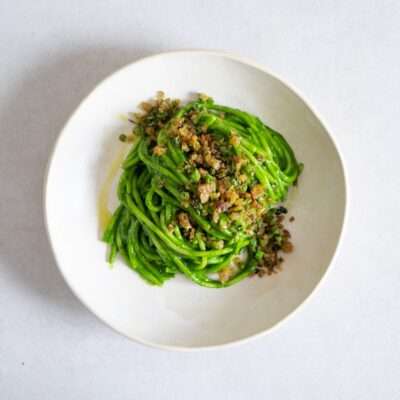
Cavolo Nero & Marrowfat Pea Miso Spaghetti
Ingredients
- 250 g spaghetti
- 200 g cavolo nero
- 5 garlic cloves
- 100 g sourdough bread (2 slices)
- 30 g marrowfat pea miso (or regular white miso)
- 1 tbsp white wine vinegar
Instructions
- In a food processor, pulse a slice of sourdough bread until you have rough bread crumbs. Tip them into a frying pan with a bit of extra-virgin olive oil and start frying on medium heat. Strip the cavolo nero leaves and set aside, then chop the stalks as well as 1 garlic clove and add to the breadcrumbs along with a pinch of salt. Continue frying until the breadcrumbs are golden brown and the stalks have softened.
- In the meantime, cook the pasta in a pan of boiling salted water. Add the leaves of the cavolo nero with the remaining garlic cloves to the pasta and blanch for 5 minutes.
- Transfer the blanched leaves to a blender and add the miso, remaining sourdough bread, 1 tbsp of wine vinegar and a generous splash of pasta water. Blend until smooth and vibrant green. Taste and season with salt or more pasta water, if too thick.
- Drain the pasta, reserving some of the pasta water, and return to the pan. Toss with the vibrant green sauce, loosening with a splash of reserved cooking water, if needed, then divide between your plates and top with the breadcrumbs.


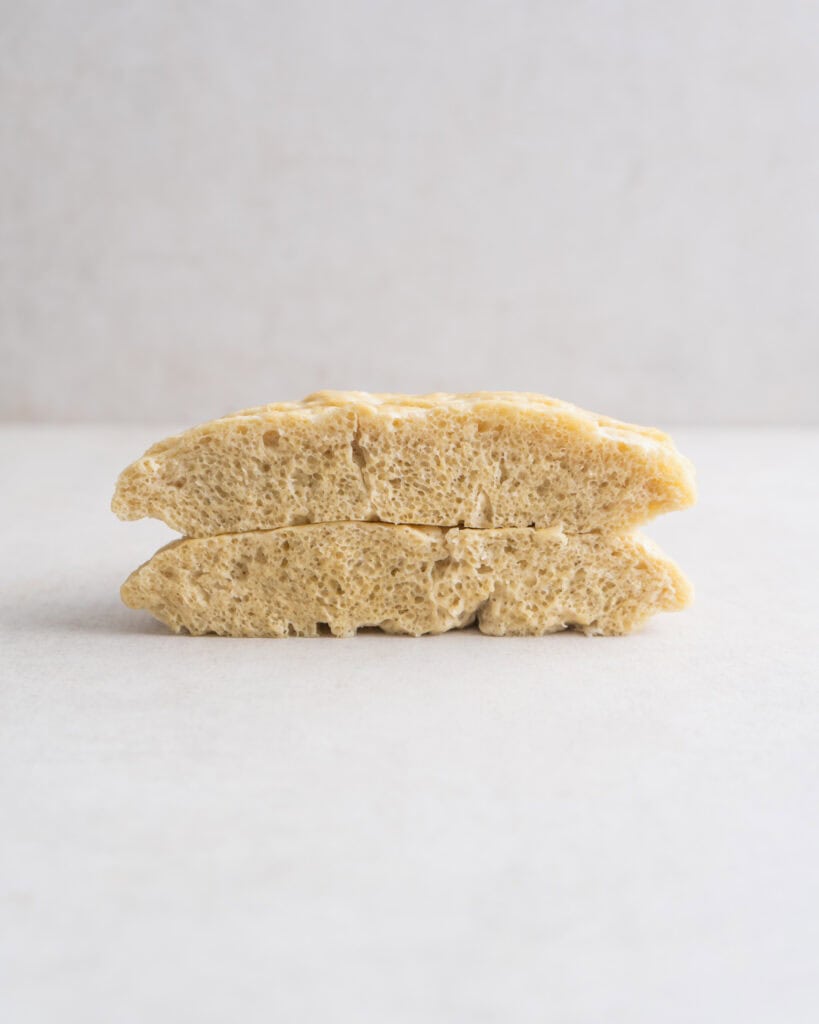
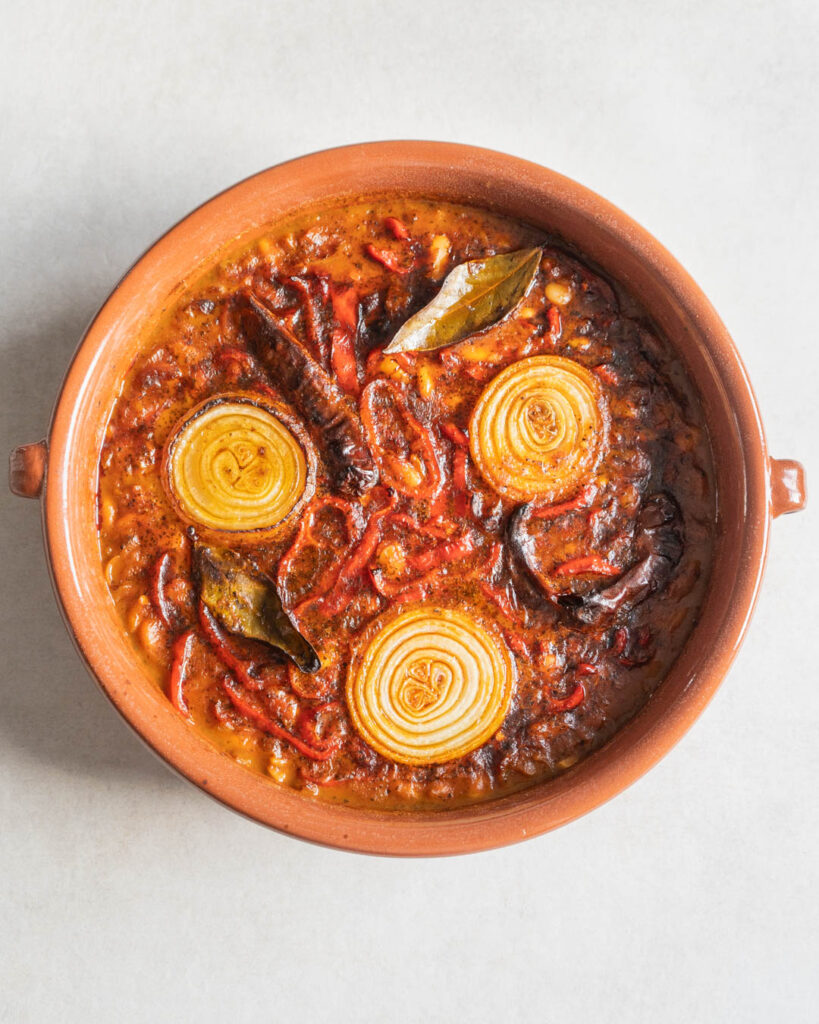
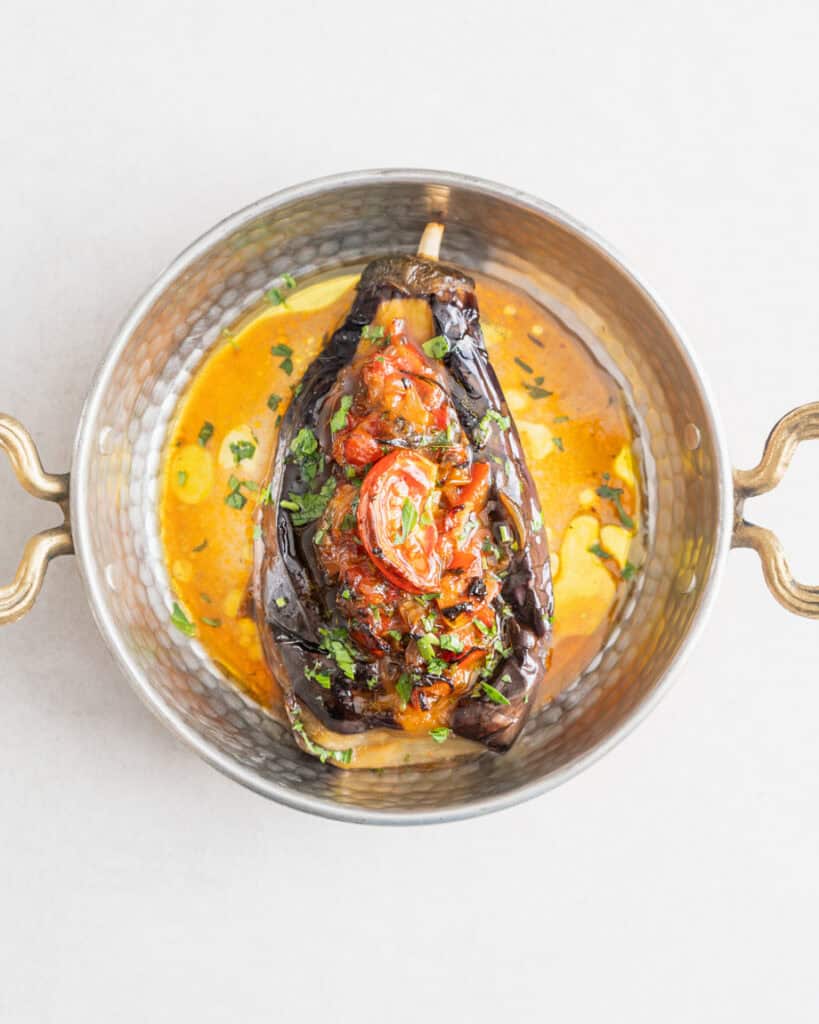
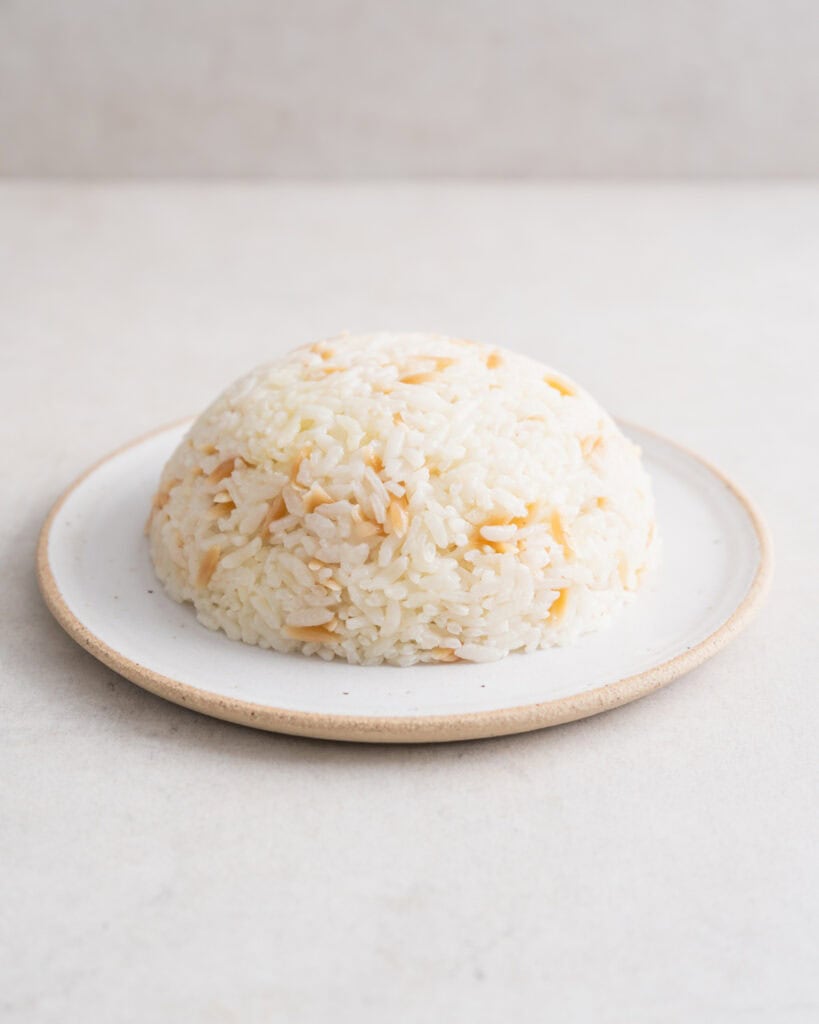






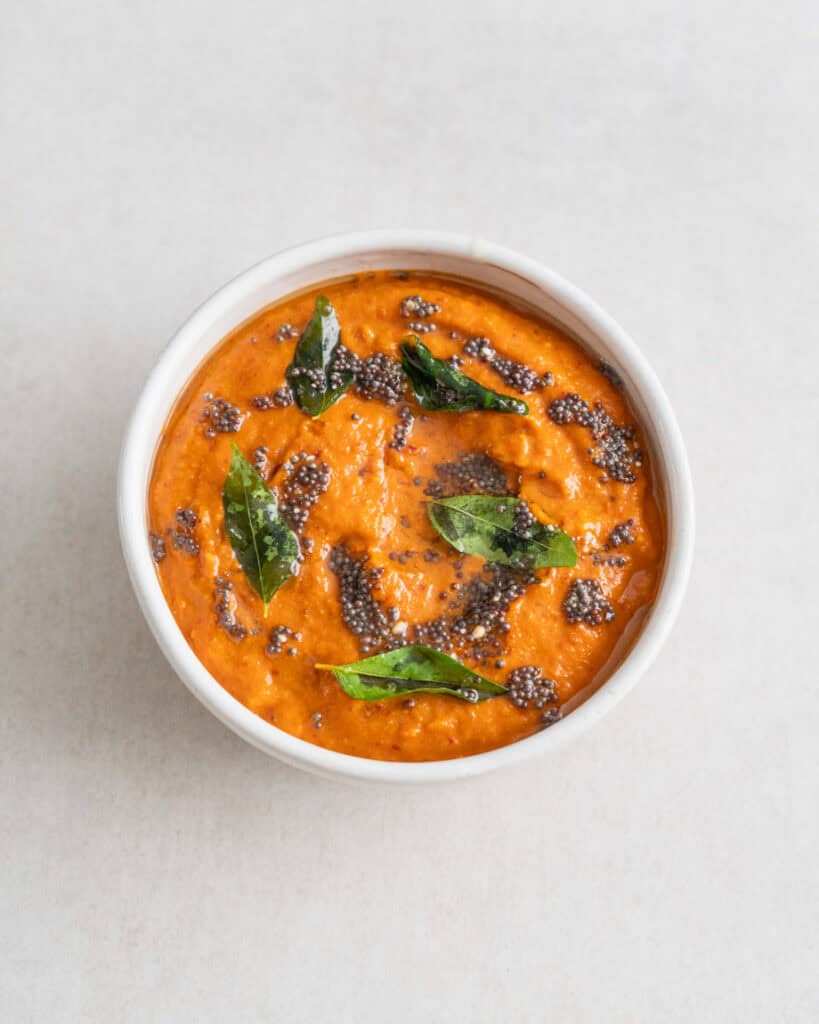
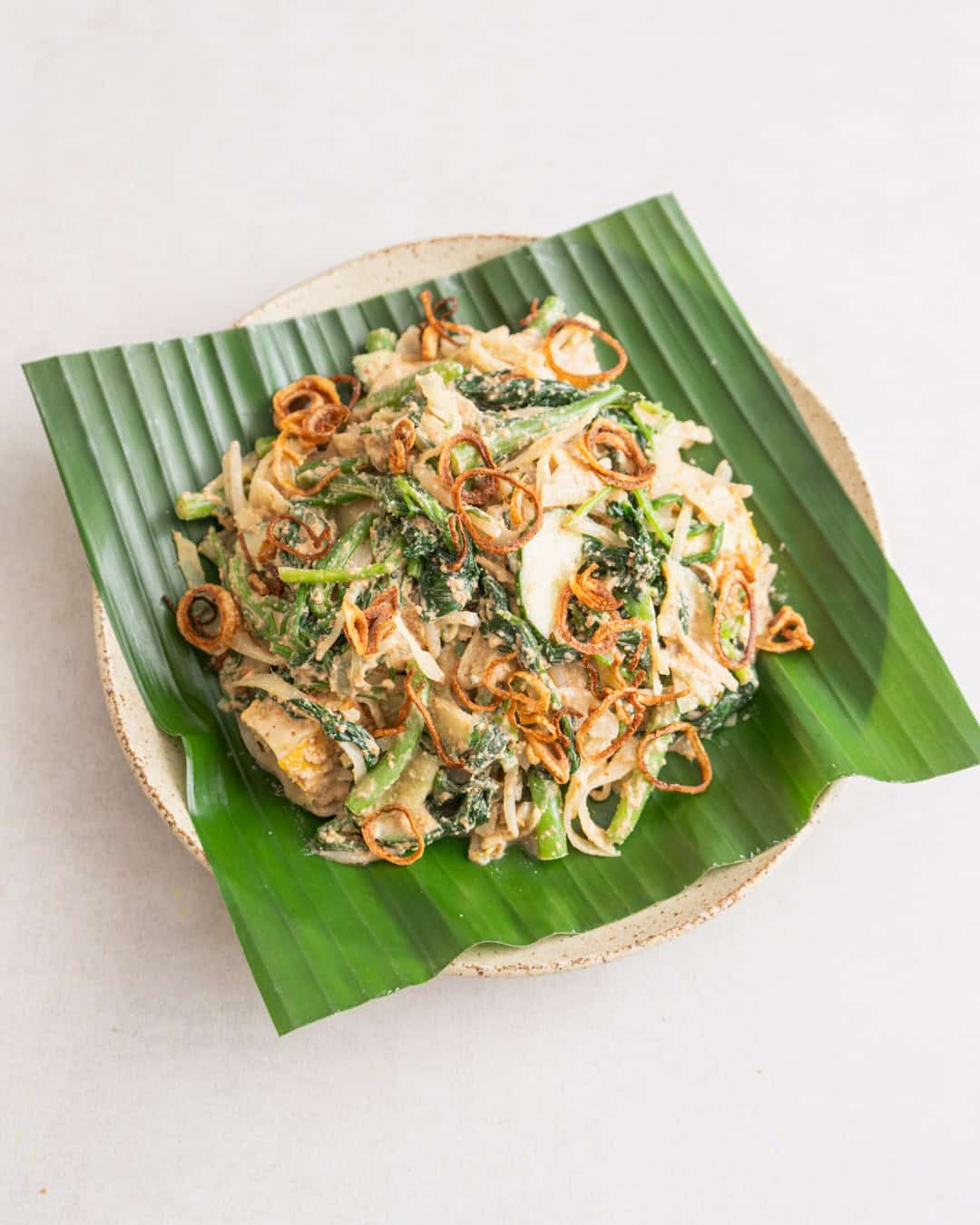
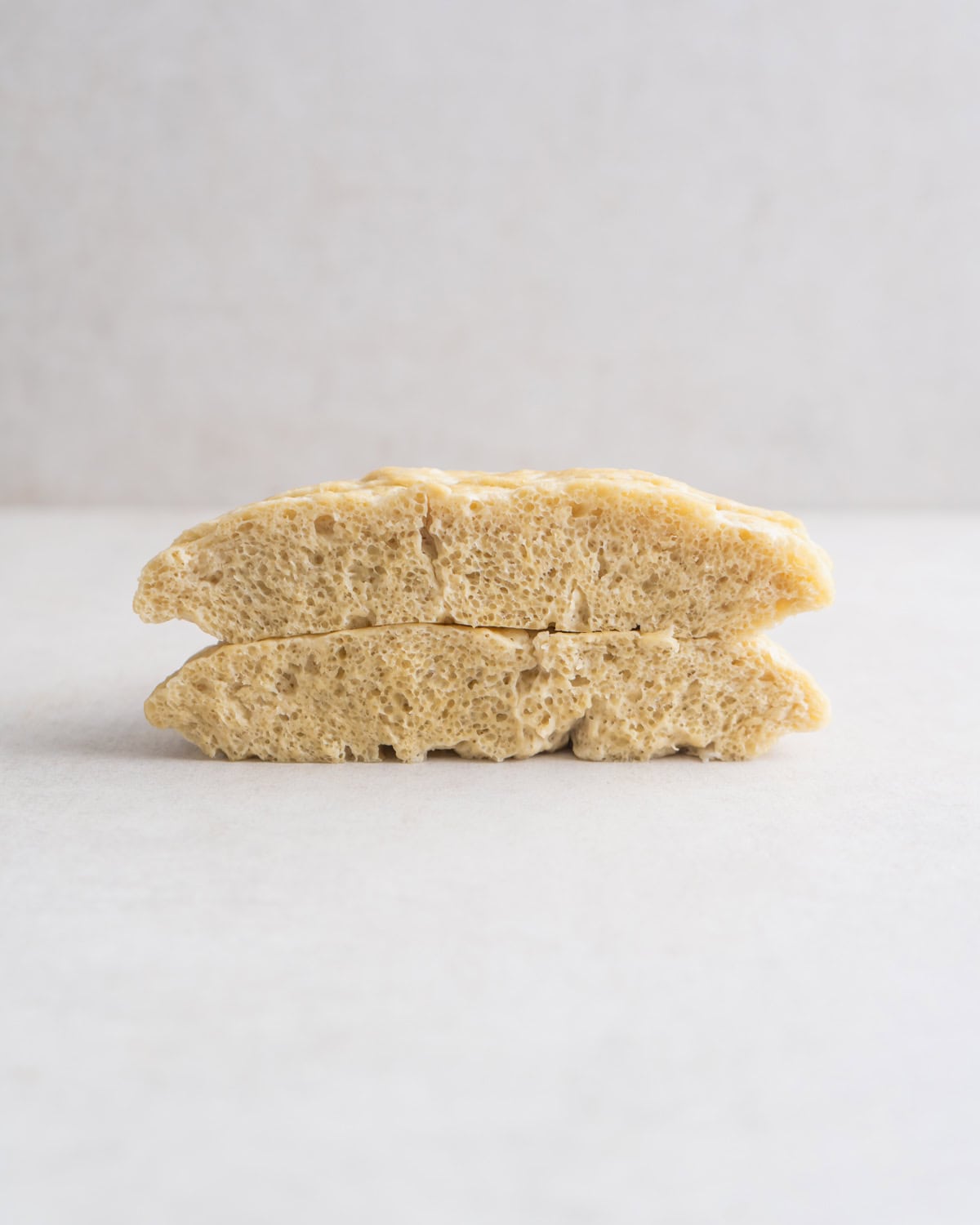

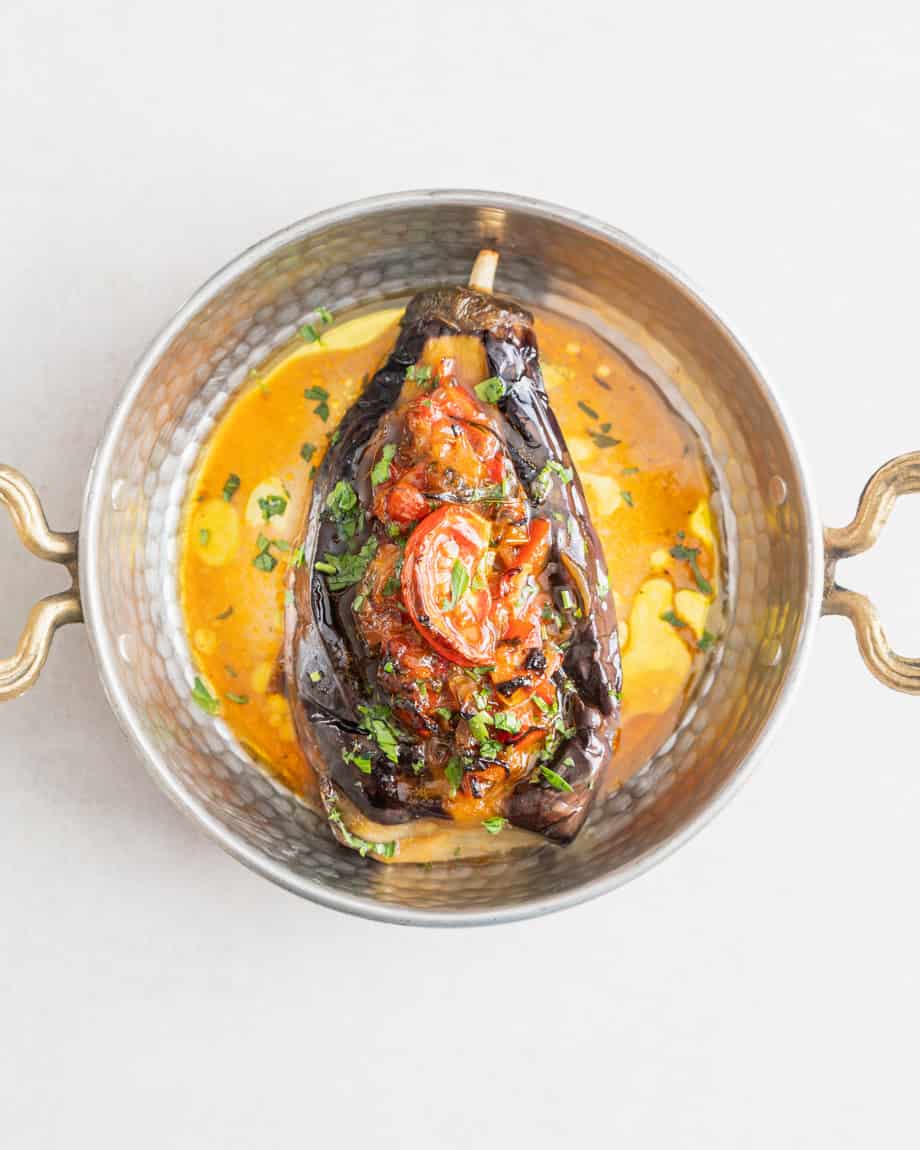

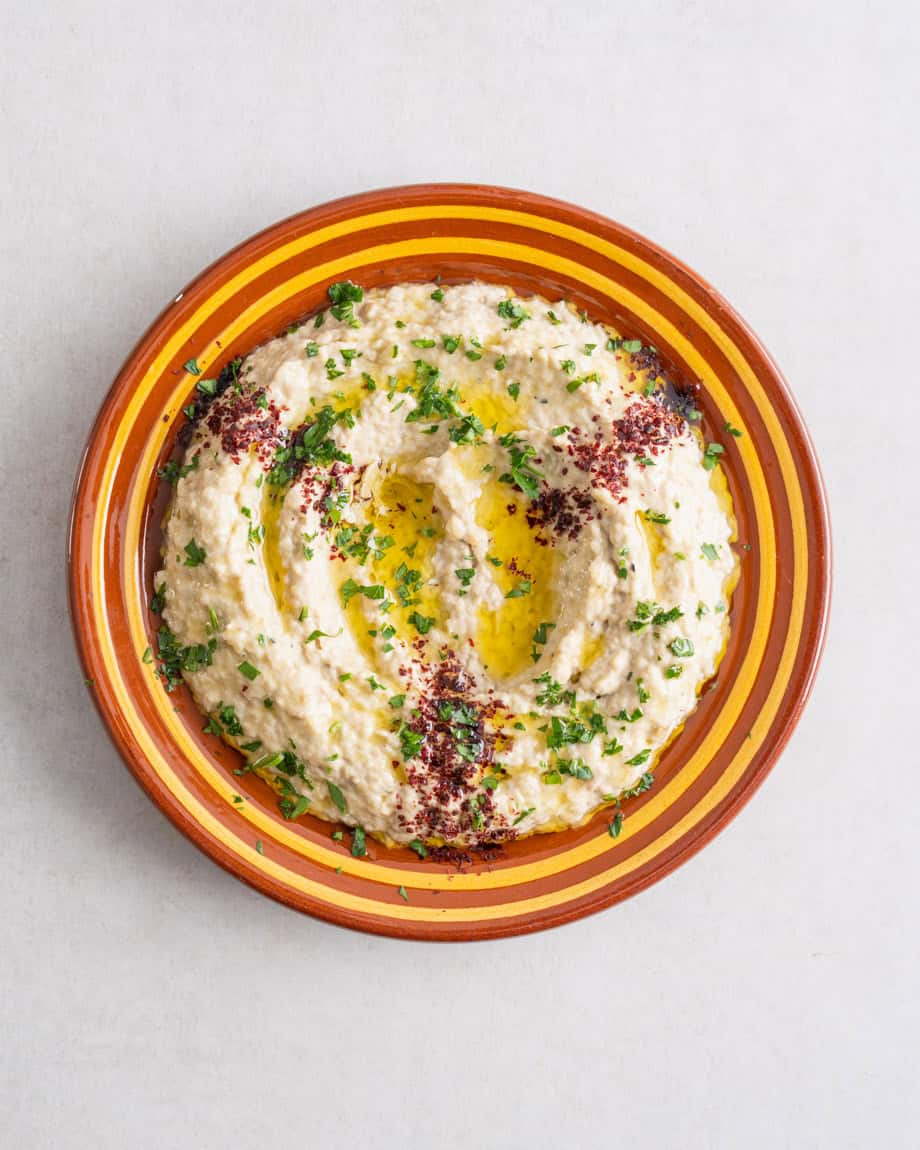
0 Comments